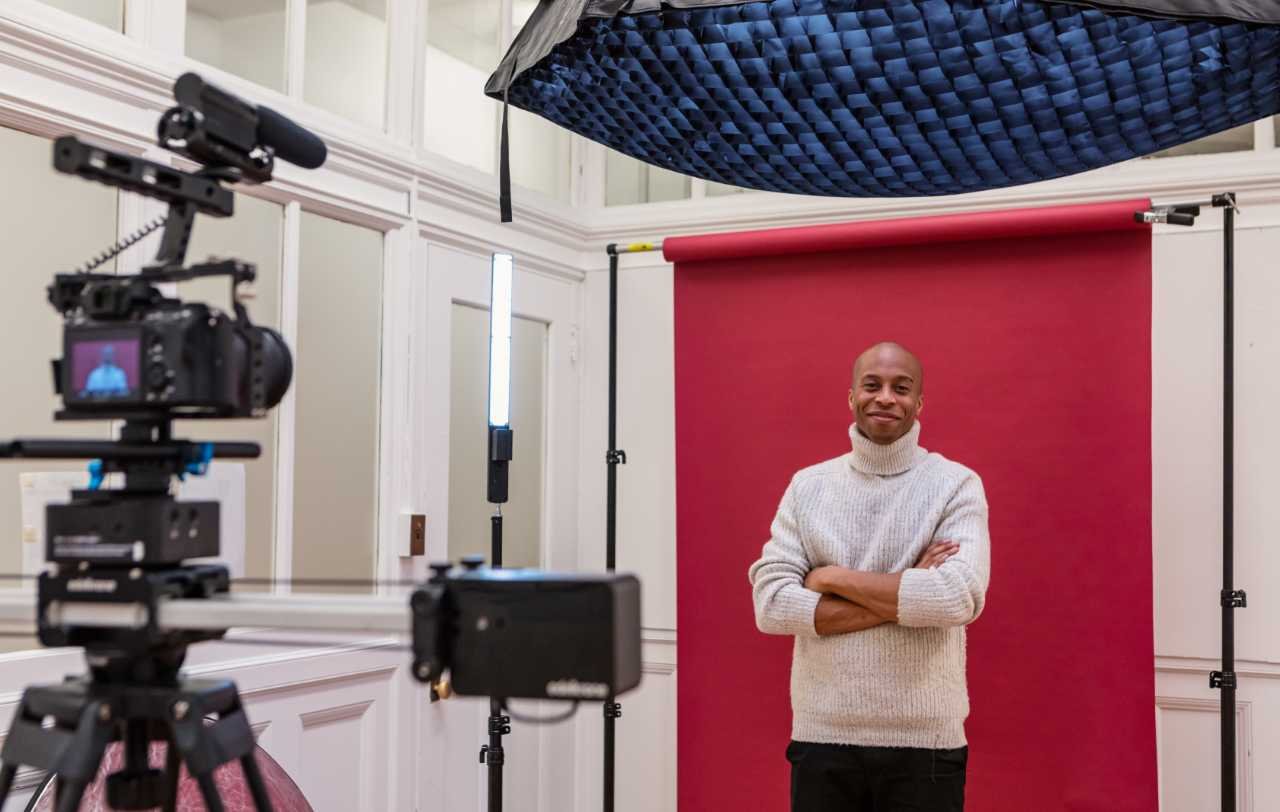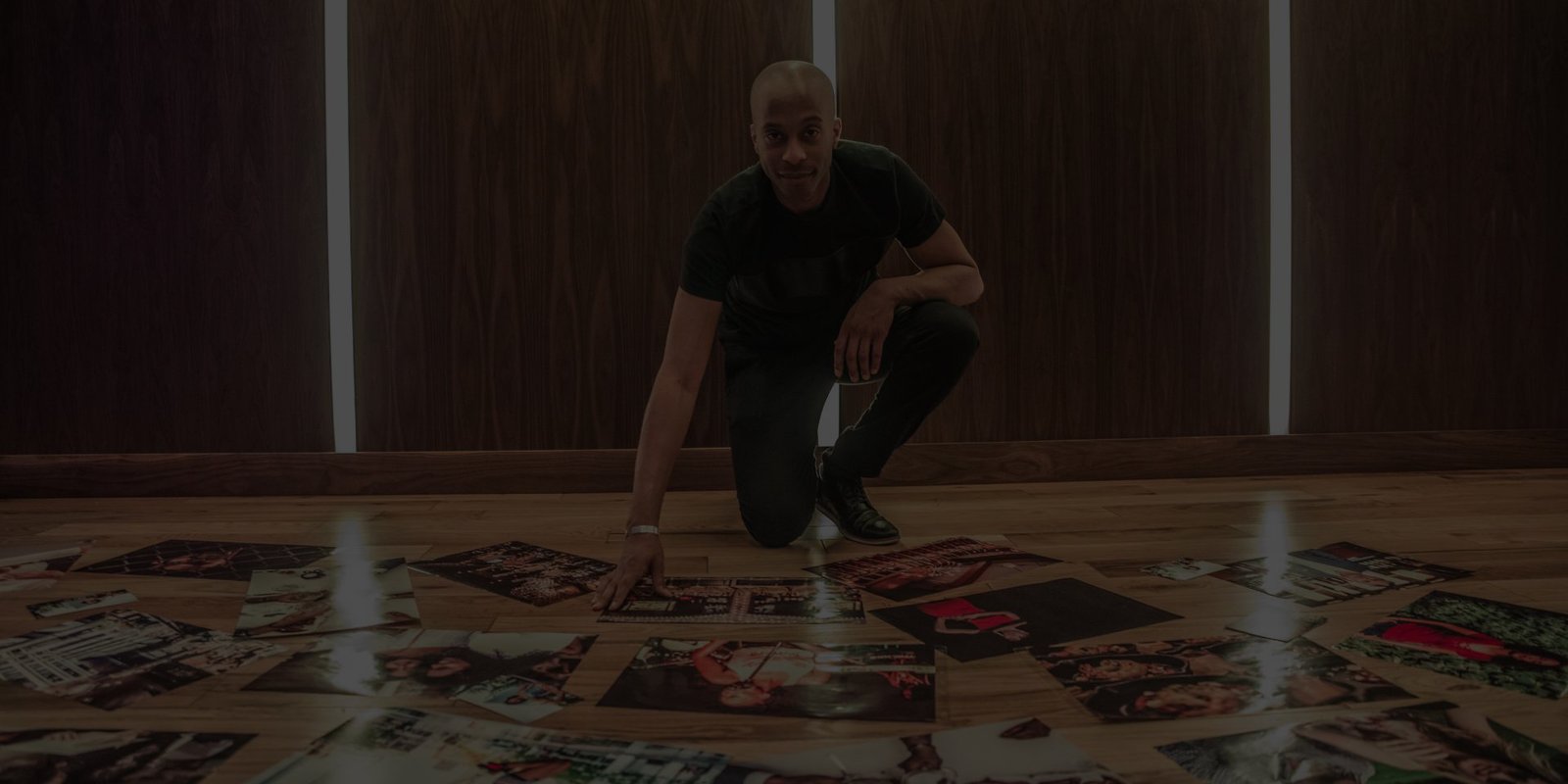
How to Find the Right Documentary Subject or Story: A 2025 Guide
Finding compelling documentary subjects requires a unique blend of journalistic instinct, creative vision, and ethical consideration. In today’s media landscape, where audiences crave authentic stories that resonate on a deeper level, the process of discovering and developing documentary subjects has become increasingly sophisticated.
The Art of Story Discovery
Initial Research Process
Finding Compelling Narratives:
Story Identification
Exploring:
Cultural relevance
Social impact
Universal themes
Unique perspectives
Subject Evaluation
Assessing:
Story depth
Access potential
Visual possibilities
Audience appeal
Research Methodology
Deep Dive Investigation
Professional Approach:
Background Research
Conducting:
Historical review
Contemporary context
Subject interviews
Expert consultation
Feasibility Assessment
Evaluating:
Production requirements
Access limitations
Time constraints
Budget considerations
Ethical Considerations
Responsible Storytelling
Professional Standards:
Subject Protection
Ensuring:
Informed consent
Privacy respect
Safety considerations
Fair representation
Story Impact
Evaluating:
Social responsibility
Community effect
Cultural sensitivity
Ethical implications
Subject Development
Building Relationships
Trust Establishment:
Initial Contact
Creating:
Professional approach
Clear communication
Trust building
Expectation setting
Ongoing Engagement
Maintaining:
Regular contact
Open dialogue
Progress updates
Relationship nurturing
Access Negotiation
Professional Management:
Permission Securing
Obtaining:
Legal clearance
Location access
Archive rights
Interview agreements
Boundary Setting
Establishing:
Clear parameters
Privacy limits
Time commitments
Content control
Story Structure Development
Narrative Planning
Professional Organization:
Story Arc
Developing:
Beginning hooks
Narrative progression
Emotional peaks
Resolution points
Character Development
Creating:
Subject profiles
Relationship dynamics
Personal journeys
Growth arcs
Visual Strategy
Cinematographic Planning
Professional Approach:
Style Development
Determining:
Visual language
Camera techniques
Lighting approaches
Movement styles
Location Assessment
Evaluating:
Shooting environments
Technical requirements
Visual possibilities
Practical limitations
Production Planning
Resource Allocation
Professional Management:
Budget Planning
Determining:
Equipment needs
Crew requirements
Travel costs
Post-production expenses
Timeline Development
Creating:
Production schedule
Shooting calendar
Edit timeline
Delivery dates
Audience Consideration
Impact Assessment
Strategic Planning:
Target Identification
Defining:
Primary audience
Secondary viewers
Distribution channels
Platform requirements
Engagement Strategy
Developing:
Marketing approach
Outreach plans
Impact goals
Success metrics
Story Evolution
Development Process
Professional Growth:
Story Adaptation
Managing:
Narrative changes
New developments
Unexpected turns
Story evolution
Focus Maintenance
Ensuring:
Core message clarity
Theme consistency
Purpose alignment
Impact preservation
Technical Requirements
Equipment Planning
Professional Preparation:
Camera Selection
Choosing:
Primary systems
Backup equipment
Specialty gear
Support tools
Audio Equipment
Planning:
Recording systems
Microphone selection
Backup solutions
Monitoring tools
Post-Production Strategy
Editorial Planning
Professional Organization:
Content Management
Organizing:
Footage logging
Interview transcription
Asset cataloging
Archive management
Story Construction
Planning:
Edit approach
Structure development
Style integration
Pacing strategy
Distribution Strategy
Platform Selection
Professional Planning:
Outlet Identification
Researching:
Festival circuits
Broadcast options
Streaming platforms
Educational channels
Release Strategy
Developing:
Launch timeline
Platform sequence
Marketing approach
Impact tracking
Impact Measurement
Success Metrics
Professional Evaluation:
Audience Response
Tracking:
Viewer engagement
Critical reception
Social impact
Community feedback
Goal Achievement
Measuring:
Story effectiveness
Message clarity
Audience reach
Social change
Future Considerations
Industry Evolution
Professional Adaptation:
Technology Integration
Exploring:
New platforms
Interactive elements
Virtual components
Emerging formats
Story Innovation
Developing:
Fresh approaches
Novel perspectives
Creative techniques
Engagement methods
Finding and developing the right documentary subject requires a sophisticated understanding of storytelling, ethical consideration, and professional production requirements. Success comes from careful research, thoughtful development, and maintaining a balance between compelling narrative and responsible representation.
The key lies in working with experienced professionals who understand both the creative elements of documentary storytelling and the technical requirements of professional production. This expertise ensures your documentary not only tells a powerful story but also creates meaningful impact while maintaining ethical standards.
Whether for social impact, cultural preservation, or educational purposes, professional documentary development transforms important stories into compelling visual narratives that resonate with audiences and create lasting change. By following these guidelines and working with experienced professionals, filmmakers can create documentary content that makes a difference in today’s media landscape.



